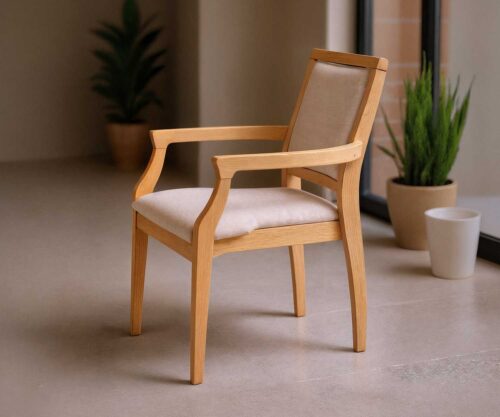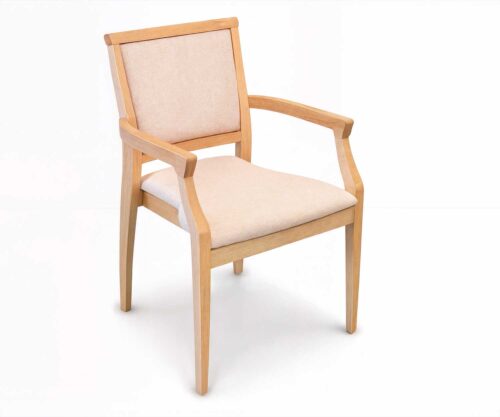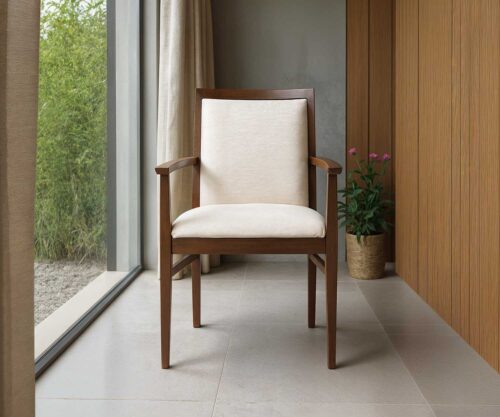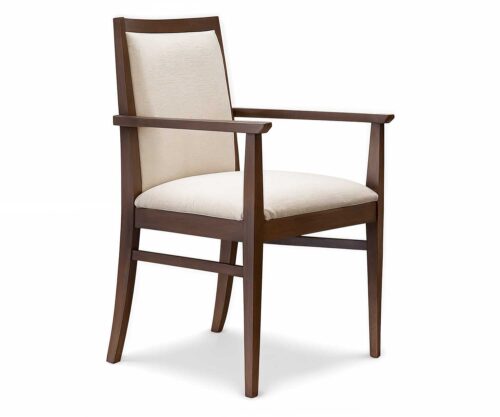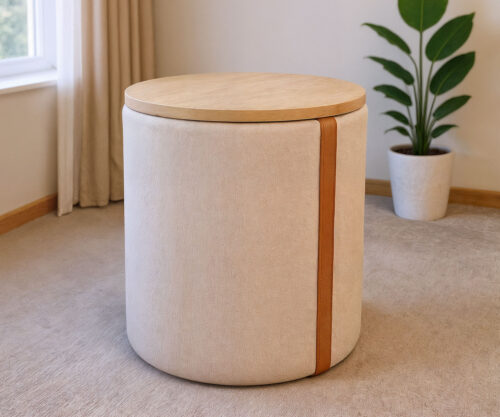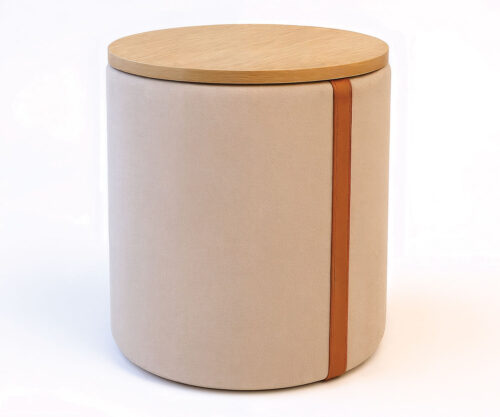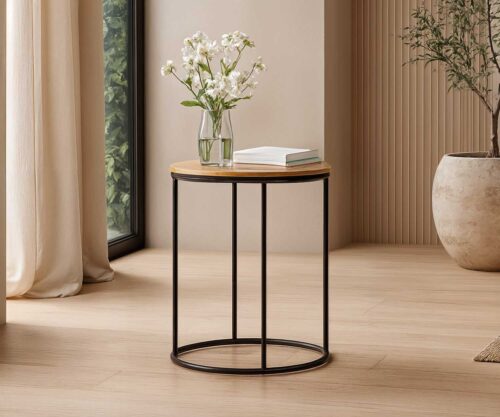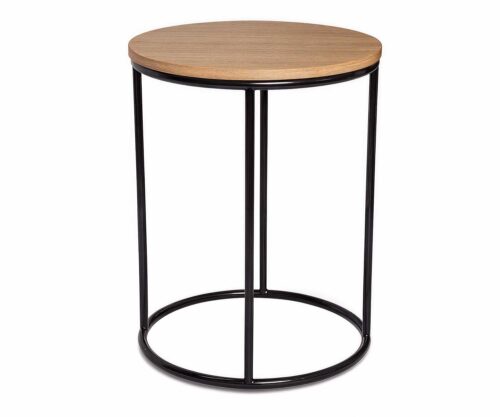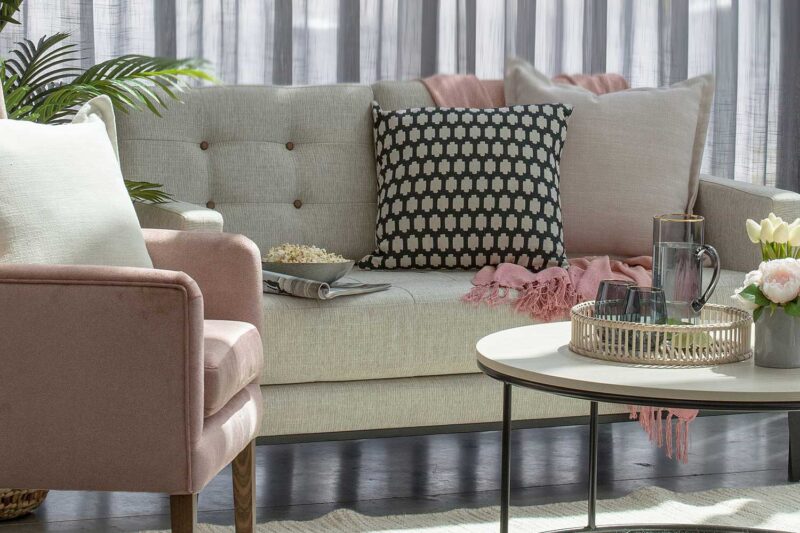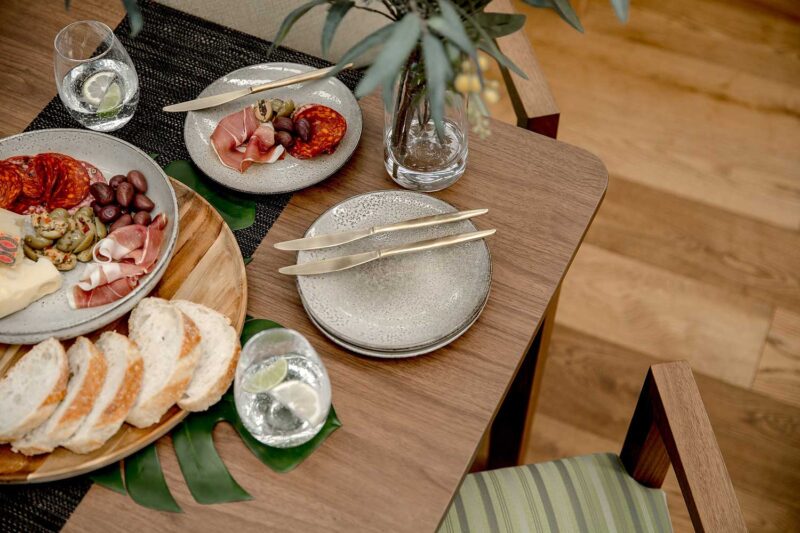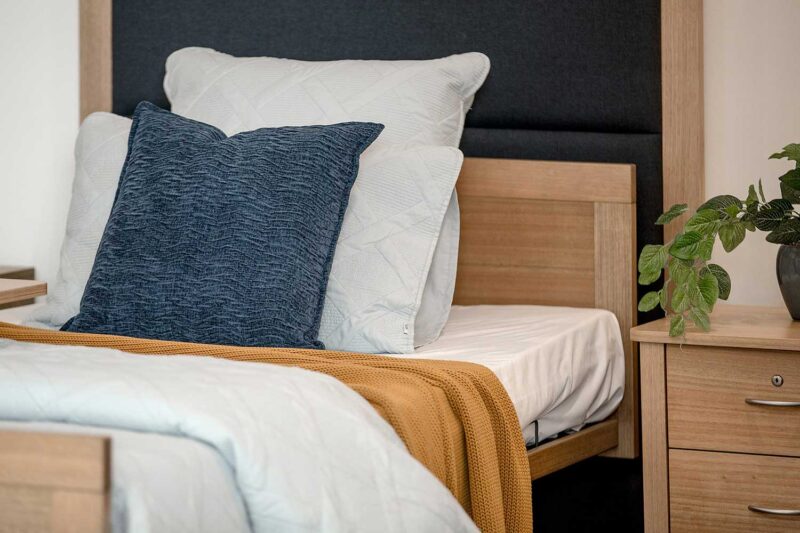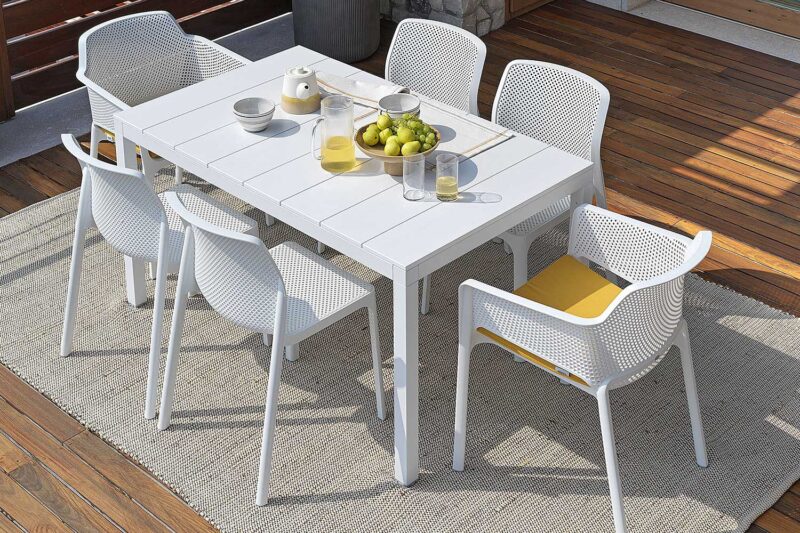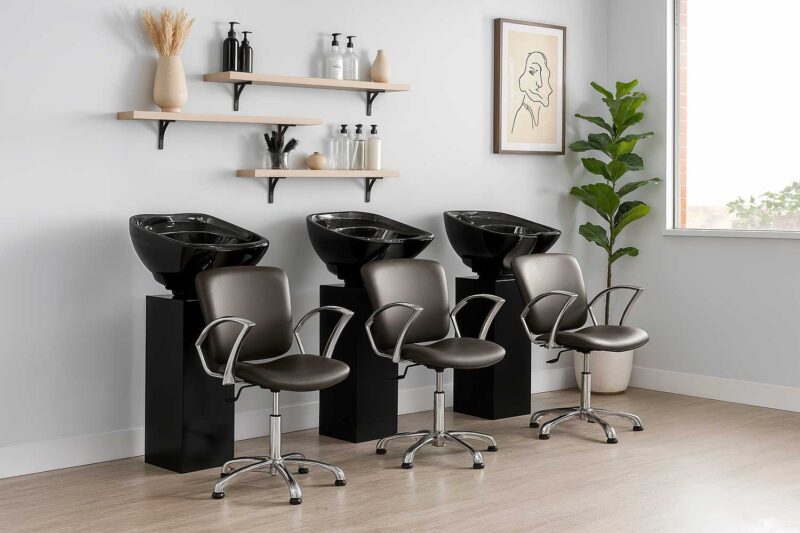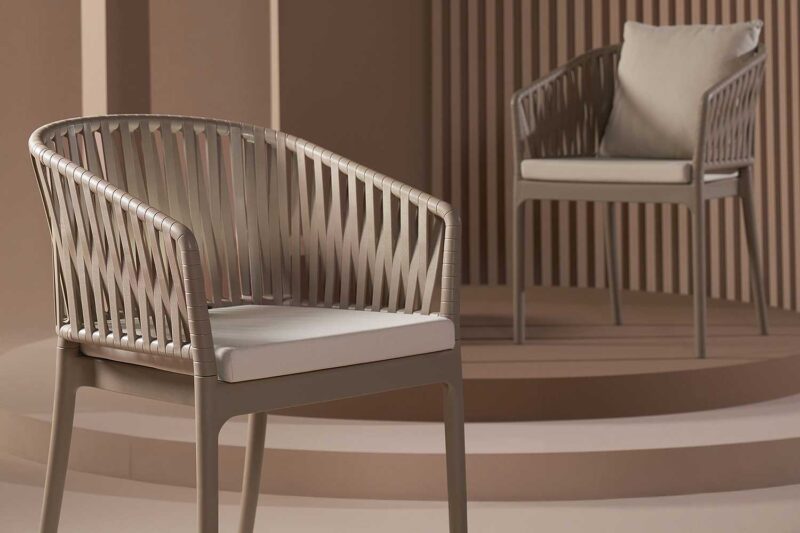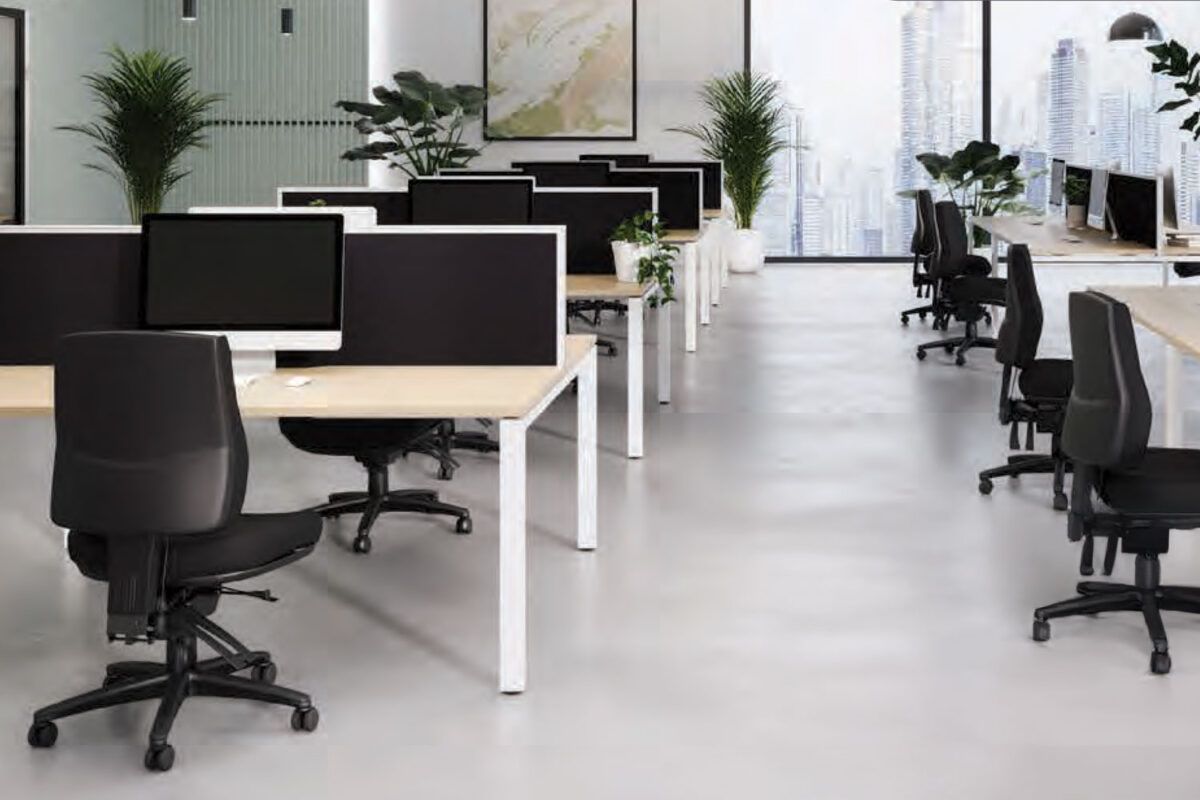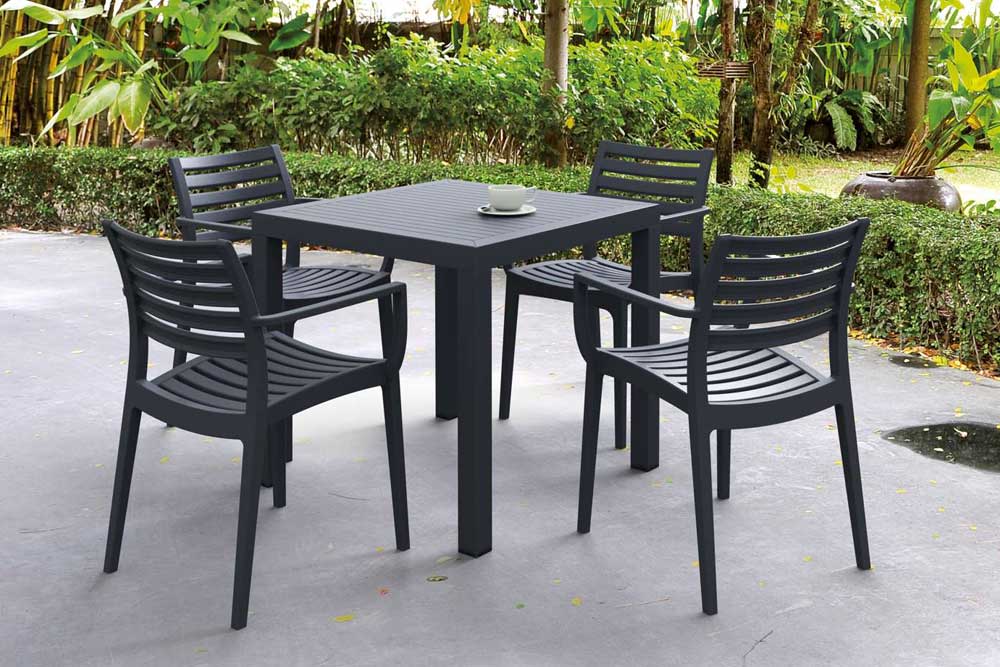The Art of Comfort: Practical Furniture Design for Modern Aged Care Interiors

Designing interiors for aged care requires balancing a complex set of priorities. Furniture must meet strict safety standards, support comfort and independence, and contribute to the warm, familiar aesthetic that helps residents feel truly at home. It’s a discipline that blends empathy with precision — and one that demands collaboration between interior designers, facility managers and manufacturers.
At FHG, we’ve worked alongside design professionals across Australia for over 25 years, crafting quality, Australian-made furniture that delivers on form, function and longevity. Here’s what experience has taught us about achieving harmony between safety, comfort and style — and how thoughtful furniture choices can make all the difference.
1. Safety That Doesn’t Compromise Style
Safety is the foundation of every aged care interior. It’s not just about meeting compliance requirements — it’s about protecting residents’ independence and dignity in the spaces they use every day. Thoughtful aged care furniture design can prevent falls, minimise injuries, and enhance mobility, all while maintaining a warm, inviting aesthetic. The key is to integrate safety seamlessly, so residents feel secure without being surrounded by equipment that looks clinical or institutional.
5 practical tips to achieve it:
-
Choose chairs with stable, supportive frames — opt for solid timber or metal bases with reinforced joints and sturdy armrests that assist residents in sitting and standing safely.
-
Specify rounded corners and soft edges on tables, bedside units and coffee tables to reduce bruising or injury from accidental contact.
-
Select fabrics with fire-retardant and antimicrobial properties that meet Australian safety standards while offering texture and colour variation.
-
Avoid tripping hazards by ensuring all furniture has visible leg profiles, appropriate glides for the flooring surface, and no protruding edges.
-
Plan clear circulation routes of at least 1200mm between furniture pieces to accommodate mobility aids and promote safe, independent movement.
2. Comfort That Supports Dignity and Wellbeing
Comfort in aged care furniture isn’t a luxury — it’s essential to physical wellbeing and emotional connection. Residents spend much of their day seated, socialising or resting, and the right chair or sofa can profoundly impact posture, circulation, and mood. True comfort considers ergonomics, support, and scale — ensuring furniture is inclusive and encourages participation rather than dependence. Furniture that allows residents to move with ease fosters confidence and maintains dignity in daily routines.
5 practical tips to achieve it:
-
Balance seat height and depth — aim for around 450–480mm seat height and 450mm depth to promote good posture and ease of standing.
-
Use firm, high-resilience foam for consistent support that retains shape over time and prevents residents from “sinking” into the seat.
-
Incorporate ergonomic armrests that extend slightly forward for stability when transitioning between sitting and standing.
-
Provide a mix of seating options — from lounge chairs to dining and occasional seating — allowing residents to choose what suits their activity or comfort level.
-
Test prototype pieces with residents and staff before final specification to ensure comfort, usability, and aesthetics align with real-world needs.
3. Style That Feels Like Home
Aged care design has shifted dramatically in recent years, moving away from clinical aesthetics towards interiors that feel warm, familiar, and personal. The upcoming Aged Care Act reinforces this approach, prioritising dignity, individuality and choice — values that can be expressed beautifully through interior design. Furniture plays a central role in this transformation: the right pieces create a sense of belonging, stimulate memory, and make communal areas feel like living rooms rather than facilities. Style, in this context, is not superficial — it’s therapeutic.
5 practical tips to achieve it:
-
Select domestic-scale furniture with proportions and detailing similar to residential pieces to create familiarity and comfort.
-
Incorporate timber tones and accents — natural materials convey warmth and authenticity while complementing biophilic design principles.
-
Layer textures and finishes such as woven fabrics, matte timbers, and soft upholstery to create visual richness and tactile appeal.
-
Customise colour and fabric palettes within a cohesive scheme that reflects local surroundings or community identity.
-
Include design details such as piping, contrast stitching or shaped legs to add a crafted, homely character without compromising durability.
4. Function That Lasts
Durability in aged care furniture is about more than endurance — it’s about maintaining appearance, safety, and comfort under constant use. Furniture must withstand cleaning, repositioning, and years of daily interaction, all while retaining its design integrity. A well-constructed piece reduces replacement costs, improves sustainability, and upholds the designer’s vision long after installation. The secret lies in specifying quality materials and partnering with manufacturers who understand the rigours of aged care environments.
5 practical tips to achieve it:
-
Choose commercial-grade foams, fabrics and finishes tested for high abrasion resistance and easy cleaning.
-
Opt for moisture-resistant frames and sealants to protect timber from spills or routine sanitisation.
-
Select recoverable furniture designs with removable seat panels or replaceable upholstery for extended lifecycle management.
-
Partner with Australian manufacturers who offer ongoing aftercare support, spare parts, and consistent material sourcing.
-
Implement a regular maintenance schedule — re-tighten glides, check joins, and refresh finishes to preserve longevity and presentation.
5. Collaboration That Brings It All Together
The most successful aged care projects happen when interior designers, manufacturers and facility managers collaborate from day one. When everyone shares insight early — from concept to installation — potential issues are resolved before they become delays, and the final result reflects both aesthetic intent and operational practicality. Collaboration ensures that furniture complements the design vision, meets the unique demands of care environments, and supports residents’ evolving needs over time.
5 practical tips to achieve it:
-
Engage your manufacturer early to confirm feasibility, lead times, and technical solutions before documentation.
-
Share moodboards, finish schedules and sample approvals to ensure colour and material accuracy in production.
-
Use 3D visuals, mock-ups or prototypes to validate ergonomics and aesthetics before full-scale manufacture.
-
Coordinate delivery and installation around resident schedules to minimise disruption and maintain operational flow.
-
Seek post-installation feedback from care staff and residents to refine future design and furniture specifications.
Bringing It All Together
Balancing safety, comfort and style in aged care interiors isn’t about compromise — it’s about collaboration and expertise. When furniture is thoughtfully designed, well-constructed and purposefully placed, it supports not only the residents who use it, but also the designers and care teams who rely on it every day.
At FHG, we’re proud to partner with interior designers and aged care providers across Australia to craft furniture that enhances dignity, functionality and atmosphere — built locally, designed to last, and tailored to each project’s unique vision.
Let’s collaborate on your next aged care project.
Our Brisbane-based team can assist with furniture recommendations, material samples, and prototypes that bring your design to life.
👉 Contact us to start a conversation.
Custom Furniture for Aged Care, Retirement Living and Healthcare
More News
The Art of Comfort: Practical Furniture Design for Modern Aged Care Interiors

Designing interiors for aged care requires balancing a complex set of priorities. Furniture must meet strict safety standards, support comfort and independence, and contribute to the warm, familiar aesthetic that helps residents feel truly at home. It’s a discipline that blends empathy with precision — and one that demands collaboration between interior designers, facility managers and manufacturers.
At FHG, we’ve worked alongside design professionals across Australia for over 25 years, crafting quality, Australian-made furniture that delivers on form, function and longevity. Here’s what experience has taught us about achieving harmony between safety, comfort and style — and how thoughtful furniture choices can make all the difference.
1. Safety That Doesn’t Compromise Style
Safety is the foundation of every aged care interior. It’s not just about meeting compliance requirements — it’s about protecting residents’ independence and dignity in the spaces they use every day. Thoughtful aged care furniture design can prevent falls, minimise injuries, and enhance mobility, all while maintaining a warm, inviting aesthetic. The key is to integrate safety seamlessly, so residents feel secure without being surrounded by equipment that looks clinical or institutional.
5 practical tips to achieve it:
-
Choose chairs with stable, supportive frames — opt for solid timber or metal bases with reinforced joints and sturdy armrests that assist residents in sitting and standing safely.
-
Specify rounded corners and soft edges on tables, bedside units and coffee tables to reduce bruising or injury from accidental contact.
-
Select fabrics with fire-retardant and antimicrobial properties that meet Australian safety standards while offering texture and colour variation.
-
Avoid tripping hazards by ensuring all furniture has visible leg profiles, appropriate glides for the flooring surface, and no protruding edges.
-
Plan clear circulation routes of at least 1200mm between furniture pieces to accommodate mobility aids and promote safe, independent movement.
2. Comfort That Supports Dignity and Wellbeing
Comfort in aged care furniture isn’t a luxury — it’s essential to physical wellbeing and emotional connection. Residents spend much of their day seated, socialising or resting, and the right chair or sofa can profoundly impact posture, circulation, and mood. True comfort considers ergonomics, support, and scale — ensuring furniture is inclusive and encourages participation rather than dependence. Furniture that allows residents to move with ease fosters confidence and maintains dignity in daily routines.
5 practical tips to achieve it:
-
Balance seat height and depth — aim for around 450–480mm seat height and 450mm depth to promote good posture and ease of standing.
-
Use firm, high-resilience foam for consistent support that retains shape over time and prevents residents from “sinking” into the seat.
-
Incorporate ergonomic armrests that extend slightly forward for stability when transitioning between sitting and standing.
-
Provide a mix of seating options — from lounge chairs to dining and occasional seating — allowing residents to choose what suits their activity or comfort level.
-
Test prototype pieces with residents and staff before final specification to ensure comfort, usability, and aesthetics align with real-world needs.
3. Style That Feels Like Home
Aged care design has shifted dramatically in recent years, moving away from clinical aesthetics towards interiors that feel warm, familiar, and personal. The upcoming Aged Care Act reinforces this approach, prioritising dignity, individuality and choice — values that can be expressed beautifully through interior design. Furniture plays a central role in this transformation: the right pieces create a sense of belonging, stimulate memory, and make communal areas feel like living rooms rather than facilities. Style, in this context, is not superficial — it’s therapeutic.
5 practical tips to achieve it:
-
Select domestic-scale furniture with proportions and detailing similar to residential pieces to create familiarity and comfort.
-
Incorporate timber tones and accents — natural materials convey warmth and authenticity while complementing biophilic design principles.
-
Layer textures and finishes such as woven fabrics, matte timbers, and soft upholstery to create visual richness and tactile appeal.
-
Customise colour and fabric palettes within a cohesive scheme that reflects local surroundings or community identity.
-
Include design details such as piping, contrast stitching or shaped legs to add a crafted, homely character without compromising durability.
4. Function That Lasts
Durability in aged care furniture is about more than endurance — it’s about maintaining appearance, safety, and comfort under constant use. Furniture must withstand cleaning, repositioning, and years of daily interaction, all while retaining its design integrity. A well-constructed piece reduces replacement costs, improves sustainability, and upholds the designer’s vision long after installation. The secret lies in specifying quality materials and partnering with manufacturers who understand the rigours of aged care environments.
5 practical tips to achieve it:
-
Choose commercial-grade foams, fabrics and finishes tested for high abrasion resistance and easy cleaning.
-
Opt for moisture-resistant frames and sealants to protect timber from spills or routine sanitisation.
-
Select recoverable furniture designs with removable seat panels or replaceable upholstery for extended lifecycle management.
-
Partner with Australian manufacturers who offer ongoing aftercare support, spare parts, and consistent material sourcing.
-
Implement a regular maintenance schedule — re-tighten glides, check joins, and refresh finishes to preserve longevity and presentation.
5. Collaboration That Brings It All Together
The most successful aged care projects happen when interior designers, manufacturers and facility managers collaborate from day one. When everyone shares insight early — from concept to installation — potential issues are resolved before they become delays, and the final result reflects both aesthetic intent and operational practicality. Collaboration ensures that furniture complements the design vision, meets the unique demands of care environments, and supports residents’ evolving needs over time.
5 practical tips to achieve it:
-
Engage your manufacturer early to confirm feasibility, lead times, and technical solutions before documentation.
-
Share moodboards, finish schedules and sample approvals to ensure colour and material accuracy in production.
-
Use 3D visuals, mock-ups or prototypes to validate ergonomics and aesthetics before full-scale manufacture.
-
Coordinate delivery and installation around resident schedules to minimise disruption and maintain operational flow.
-
Seek post-installation feedback from care staff and residents to refine future design and furniture specifications.
Bringing It All Together
Balancing safety, comfort and style in aged care interiors isn’t about compromise — it’s about collaboration and expertise. When furniture is thoughtfully designed, well-constructed and purposefully placed, it supports not only the residents who use it, but also the designers and care teams who rely on it every day.
At FHG, we’re proud to partner with interior designers and aged care providers across Australia to craft furniture that enhances dignity, functionality and atmosphere — built locally, designed to last, and tailored to each project’s unique vision.
Let’s collaborate on your next aged care project.
Our Brisbane-based team can assist with furniture recommendations, material samples, and prototypes that bring your design to life.
👉 Contact us to start a conversation.
Custom Furniture for Aged Care, Retirement Living and Healthcare
Discover the FHG Look Book: Your Source of Inspiration for Quality Australian-Made Commercial Furniture
- Quality Craftsmanship: See why we’ve been a trusted partner for over 25 years.
- Local Excellence: Learn how our Brisbane team ensures the highest standards.
- Inspiration and Ideas: Find innovative furniture solutions for any environment.
Don’t miss the opportunity to transform your commercial space with FHG’s expertly crafted furniture. Download the FHG Look Book today and start your journey towards exceptional design and quality.

